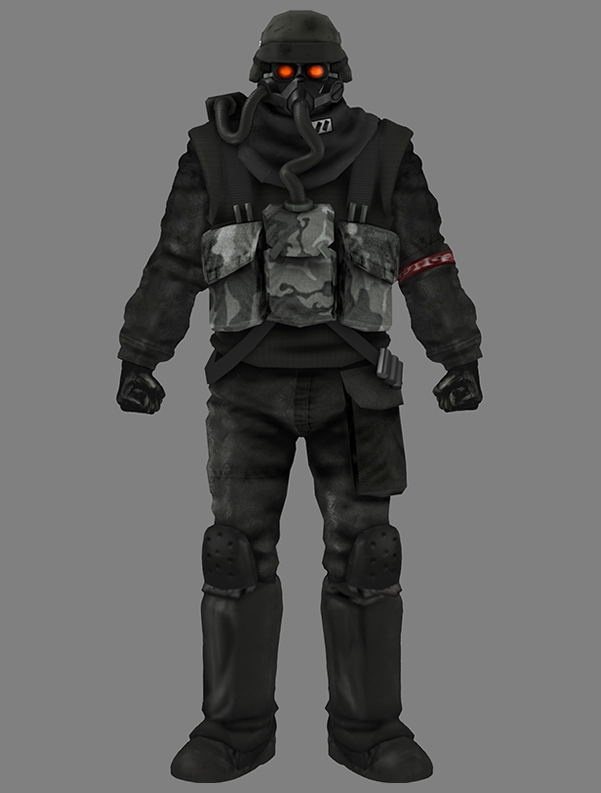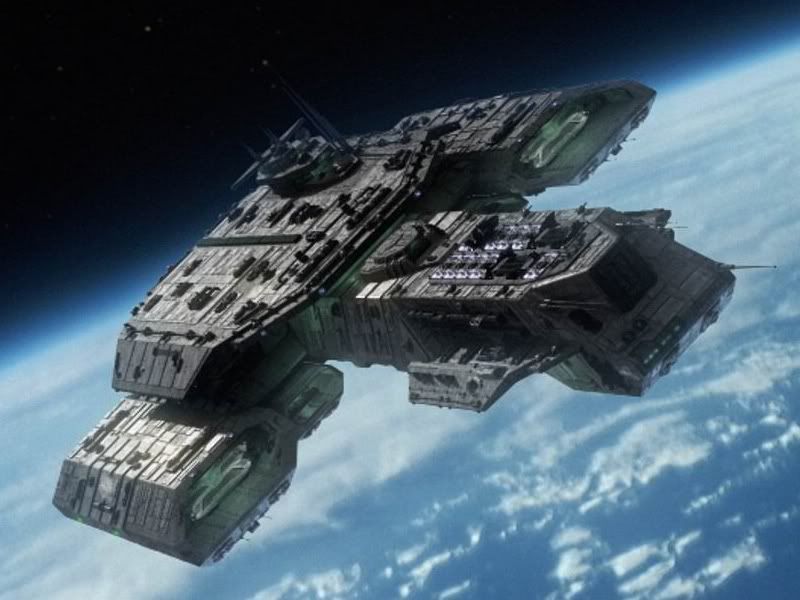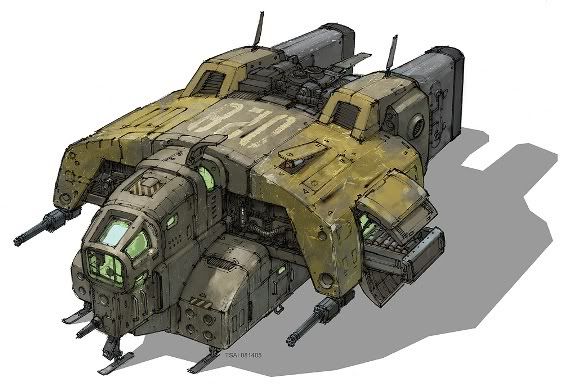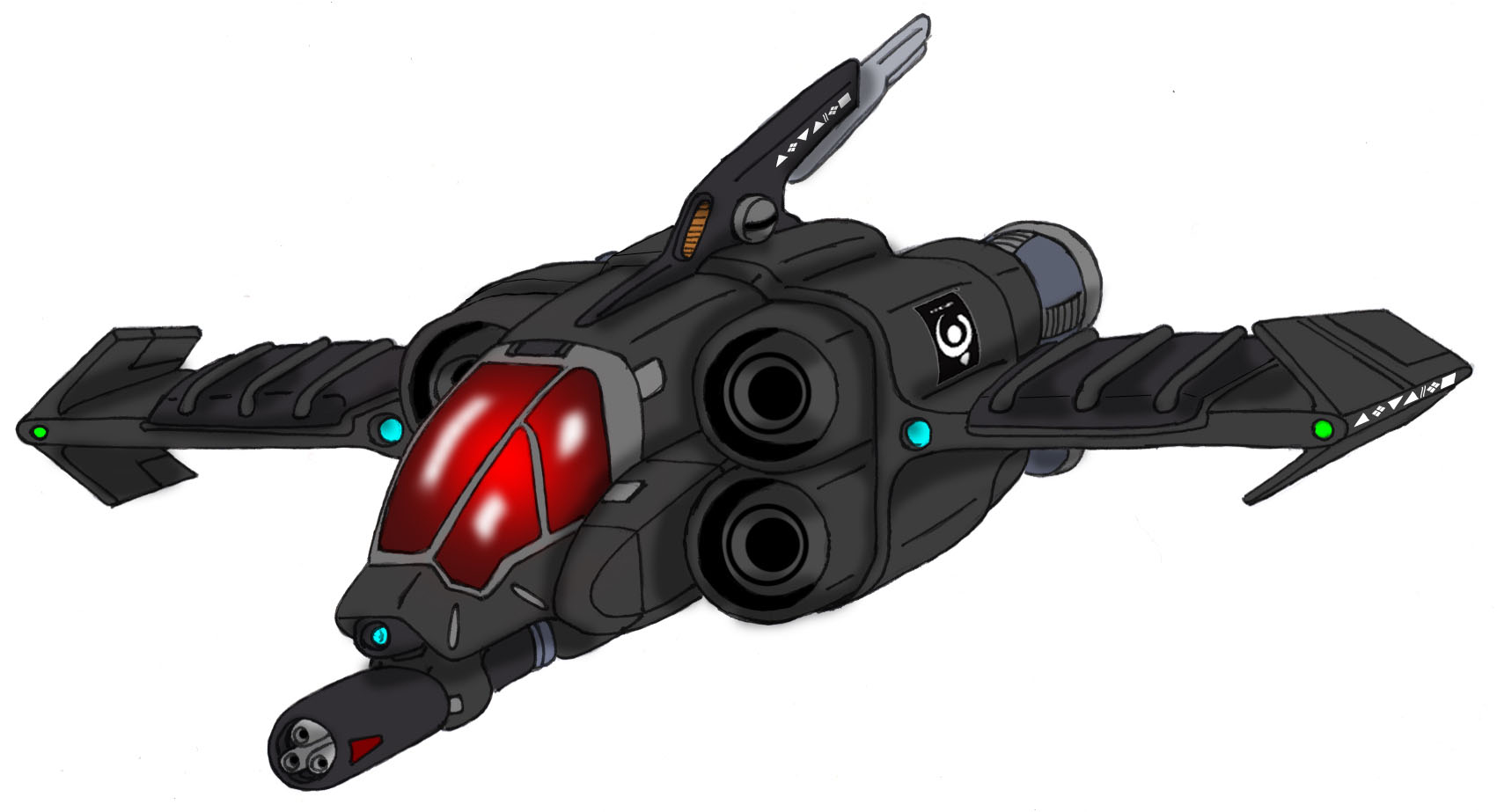 [Ghazele Wastes]
[Ghazele Wastes]Once the cradle of civilization, Ghazele’s former empire has been utterly obliterated. Now, this vast region is home to a plethora of warlords, kings and “planters”—those who sell Taiben plants or the refined drug to the barbarians.
Ghazele’s climate is varied, from the blistering deserts of the equator to the marshes and tundras in the north and south. Most of the region, however, is tropical and hot.
[Kingdom of Sanctus]This waning superpower has gradually adopted a more and more isolationist stance in the wake of the Taiben occupation. Little information passes out of the walled cities of Sanctus, but what little does is worrying. Rumors of the creation of a “silicon microprocessor” have reached the ears of high GGB officials—and such a device, in the hands of the Sanctan techno-mystical priesthood, is troubling news indeed.
Sanctus occupies a wiry, elongated peninsula, lined with fiords and small island chains. Before the great raid, they were a center for great trade, but now, in the midst of a cold war, their borders are closed. Sanctus tends to be cold and wet, with ever-present fog shrouding its well-defended cities.
[Sañira]Nestled between three mountain ranges, this police-state has endured Taiben raids for almost a thousand years. Now, with their ancient enemy diminished, Sañiran officials struggle to invent new foes to keep their people in line. Sañira boasts the most powerful army and navy, and is an industrial power only outmatched by the UCS.
Sañiran climate is moderately dry and average.
[Swehteir]Protected from the Taiben by Sanira and the vast oceans, Swehteir is possibly the most well-protected nation from the Taiben. The most heavily invested in GGB, Swehteir owns almost half of all GGB offices worldwide, and thus almost half the votes. Fortunately, Swehteir has maintained a roughly neutral political stance in most matters.
Swehteir’s climate is among the most mild on Asphodel. It boasts the best living conditions.
[Corporate Badlands]Initially a coalition of mining cartels formed after the withdrawal of Sanctus, this region is now a vast, industrial wasteland. With no central government, each corporation is a nation onto itself. The water is unsafe to drink and toxic waste is often dumped into the great northernmost river (nicknamed “the Small Stygian Marsh” by locals). Snipers from a shopping mall take potshots at employees at the car dealership just down the street. Because of this, it has one of the worst economies in the world, yet the highest profit margins.
The Corporate Badlands is home to megacorporations like Ingle’s Corp and Makaron Metals. It is the hottest and driest place on Asphodel—temperatures reaching as high as 40ºC during the summer.
[Ji-leh]With its safest harbors rocky—almost mountainous, Ji-leh might initially seem a horrible base for a trade empire. But those dangerous harbors provide protection from Taiben rafts—and on Asphodel, immunity to the Taiben is far more important than any inconvenience. Historically a mixture of monastery and marketplace, Ji-leh is now the wealthiest nation, per capita, on the planet.
The climate is temperate, cold and mountainous.
[Ingle’s Land]A cold, mostly empty island purchased by Geoff Ingle, who uses it mostly as a vacation home. It is home to a number of refugees, who are either ignored or used as target practice.
[United Coalition of States]Once a collection of warring, Balkanized city-states, the UCS has grown tamer with time. With the advent of the Industrial Age, and its proximity to the Corporate Badlands, it has become a manufacturing superpower, supplying the entire alliance during the Taiben war and occupation. The UCS currently possesses the most well-developed space program, and is in the process of launching the first satellites.
UCS’s climate is temperate and varied.
[Conglomeration for Mutual Welfare]Four years ago, a collection of states favoring socialist policies seceded from the UCS after heated debates concerning universal heathcare and welfare. Within a single year, CWM unemployment numbers hit 38%. The CWM requested to return to the UCS. The UCS refused. Things have gone downhill since.
CMW is heavily urban, with a mild climate.
[Global Governing Body]In addition to controlling offices and facilities across the globe, the GGB owns its own island chain. Most permanent residents are involved in administrative tasks. The climate is humid and cold, fog often blanketing its cities.
[Taiben]The word Taiben is synonymous with the barbarian tribes of the north, the plant with steroid-like qualities they are so fond of, and the land they call home. Much of Taiben is tundra or mountains, and it sports an unusually large number of caves and hotsprings heated by a natural fission reactor beneath the planet’s crust. The area was radioactive before the alliance nuked it—now it’s a wasteland. Many Taiben survived, but they are mostly disorganized.
[Zeeland and Strelia]The islands of Zeeland and Strelia are an oddity amongst the nations of Asphodel, as the isolation of the ocean protected them from the worst of Taiben raids. A Ghazele colony, Strelia developed into an urban center, while the larger island of Zeeland was largely agricultural, feeding the populace of it's sister island. Protected as they were from the worst of the outside world, though maintaining trade with the other civilized nations, Strelia developed into a cosmopolitan hub of learning and art.
This all changed when, just over 5 decades ago, massive, terrifying creatures swarmed over Strelia, aggressively attacking its people, and digging nests. It's still unclear whether this event was some kind of natural migration event, or if it was somehow triggered by man, intentionally or otherwise. Whatever the case, the once beautiful cities of Strelia are now home to the most deadly animals on the planet. The survivors evacuated to Zeeland, where they have managed to reconstruct much of what they lost, but artefacts of great value still remain on the abandoned island. Many would-be treasure hunters and fortune seekers make their way over, hoping to recover items to sell.
[Flats of Light]It isn’t called the Flats of Light because of any inherent goodness or hope-like quality. It’s called the Flats of Light because it’s really fucking bright. Cloudless skies, ozone holes and reflective salt flats result in blinding and harmful rays. Those few who call the Flats of Light home wear protective goggles when outside or risk blindness.
[The White Sands]Further south of the Flats of Light lies the White Sands—perhaps the strangest place on the planet. The White Sands, so named because one cannot tell the sand from the snow, is home to crazy, intoxicated “Rooskees” who roam this desolate land in dune buggies. Not a drop a water has fallen over The White Sands in recorded history, nor has any of the snow melted. Snow falls over the sandstone mountains to the West, where it is carried inland on strong winds—along with a healthy amount of sand, ripped from the sandstone.
[The Glorious South]Those who travel further south than the Flats of Light are generally considered insane. The Glorious South is the most inhospitable place in all of Asphodel. Temperatures remain cold enough to freeze a man in his tracks, and yet there still remain mad survivalists who live here, eking out a bleak existence in the ice.














